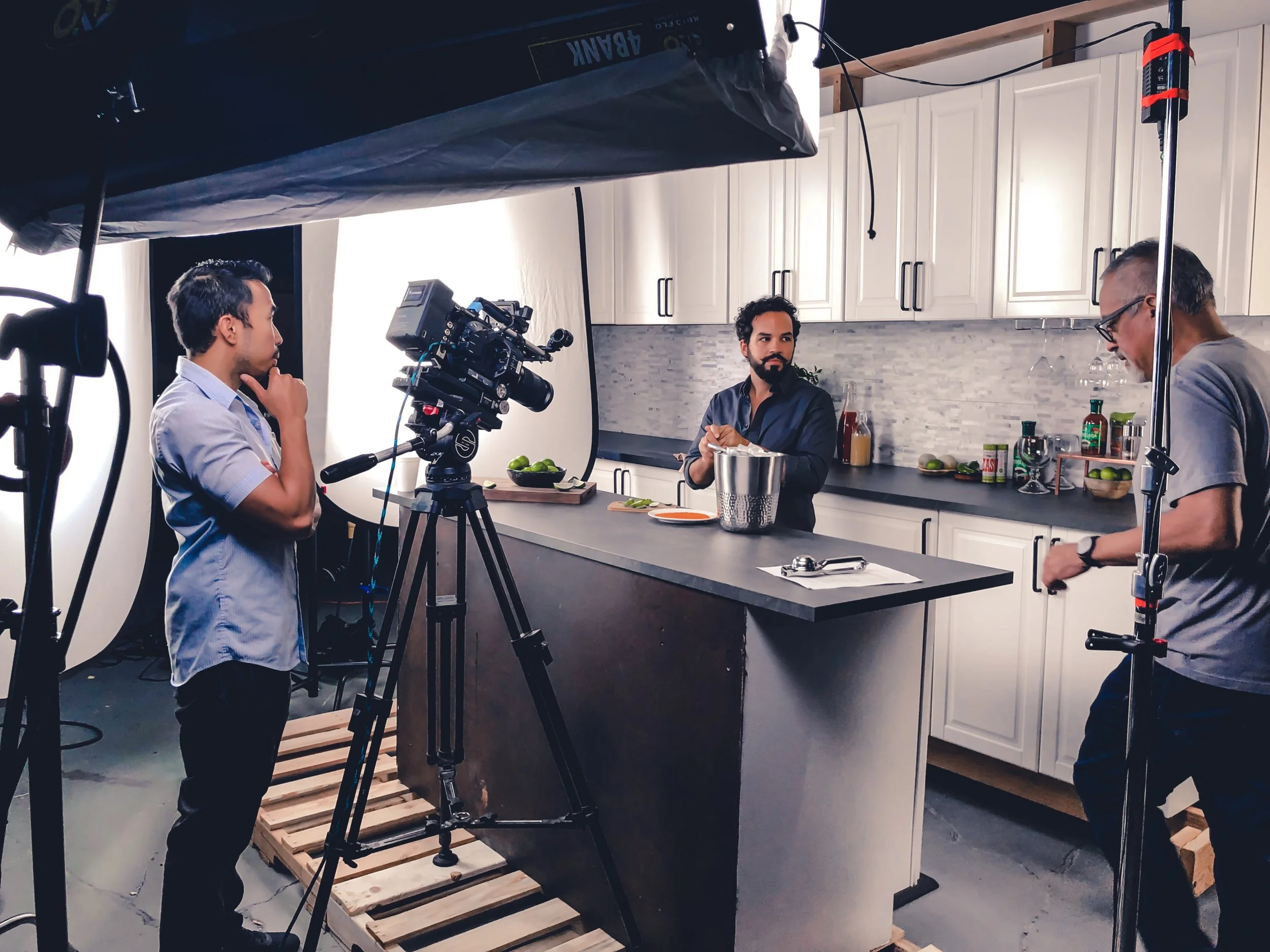Need a microphone for optimal sound quality, but don’t know which one works for your shoot? Having high-quality sound in your videos is essential to have so that you and your viewers can clearly hear the video. Learn about all the different types of microphones and their uses to record the best sound for your production. In this clip from our video content course, we go through the main types of external equipment and its main uses to record and capture quality sound.
Understanding Audio
Can your audience hear you properly in your videos? View our recommendations for a clear quality sound and select your equipment for the production that fits the filming scene, such as field interviews and other video productions. Learn about the various external audio equipment like lavalier microphones and some of their advantages and disadvantages to using them in this clip from our video content course.
How To Delegate Roles To Create Better Quality Videos
Video creators of today can accomplish more than massive film crews of yesterday.
The videographer or “one man band” can do more than most film crews could do 10+ years ago. Lighting, sound, producing, directing, editing, and camera operating - it’s just part of the package these days. Technology has made it easier for people to create awesome videos without having to hire a massive crew. From cameras to editing software, one person can create a beautiful video from beginning to end.
It shouldn't always be like this because delegating certain tasks and roles is the best way to enhance quality, productivity, and mental health - trust me, doing everything by yourself is exhausting.
Videos don’t have to be expensive and most videographers can handle it on their own, making it easier for some companies to work with. Just because there’s a small crew, it doesn’t mean the quality is worse than a bigger one - it’s all in the people.
Suitable Camera Equipment for Live Streaming
Live-streaming is a way for a more authentic connection to your followers and viewers. If you’re considering filming a live broadcast, make sure there is nothing on the technical side deterring you from having a successful broadcast. You’ll need the proper equipment to ensure a well-executed broadcast, because you don’t have time during it to change the battery or fix the WiFi, for example. Your focus should be promoting an authentic experience and providing content for your viewers. This article has created a helpful guide on which external equipment to buy for your live-stream video. The audio, sound and video quality are all important to video making, so using smartphones with an internal microphone, may not give you that professional effect. The article recommends using an external microphone, a video encoder that uploads your live video, an internet device for a strong WiFi connection, a battery power system needed for long streams, and a tripod. The article also lists a variety of camera types; external webcams, DSLR/ mirrorless cameras, camcorders, and action cameras. This list includes budget-friendly cameras, cameras that capture high-resolution videos, and cameras with many functions such as color correction functionality and time-lapse options. With these choices and brands, you will be prepared for your live-stream on your preferred streaming platform.
Credit: Adorama What is the Best Camera for Live Streaming Video?
Basic Audio Equipment in 2019
Need to improve your sound quality but don’t know where to start? Start with the basics! Audio equipment ranges from different microphones to audio accessories which is perfect for maintaining audio quality in your videos. Our audio equipment list will get you started on your next production!
Video cameras have built in microphones, but these generally tend to be lower quality, and less versatile than other options. There are plenty of great options out there for audio, and we’ve got a couple of the basics to make your production sound as good as it looks.
Lavalier:
Lavalier microphones, commonly known as “lav mics” are perfect for interviews and presentations, as they can clip onto a shirt or jacket, making sure audio is consistent. Be careful in your productions if you do not want the lavalier showing through on your actors, and when you are using wireless to make sure there is minimal interference.
Shotgun/Directional:
These microphones are special in that where they are pointed at is where they primarily get their input from. This helps cancel out any unwanted background noise. They are on the pricier side, however, and need to be close to the talent to ensure the best outcome.
Handheld:
Handheld mics are what you normally see journalists or news reporters using. These mics can be wired or not, and are one of the simplest microphones to use. These are great for when you need to record audio in a live event, when you cannot have multiple cameras and mics set up. On the other hand, handhelds are not generally used for productions with narratives, as they need to be close to actors to pick up audio, and are easily seen by the camera.
Headphones and audio recorders:
These give you more freedom while shooting for two major reasons. First, your microphone is not connected to the camera, giving you more shooting options. Second, you are able to monitor the audio in real time to make sure your audio is where you want it to be. On the other hand, the audio must be then synced with video in post production, which can be easily done with the use of a clapper board or someone clapping their hands.
Boom poles and windshields:
Boom poles allow your microphone to be closer to the talent, but does, unfortunately, require a boom pole operator. Windshields will block out feedback from wind, giving you the opportunity to shoot outside without compromising audio quality.

